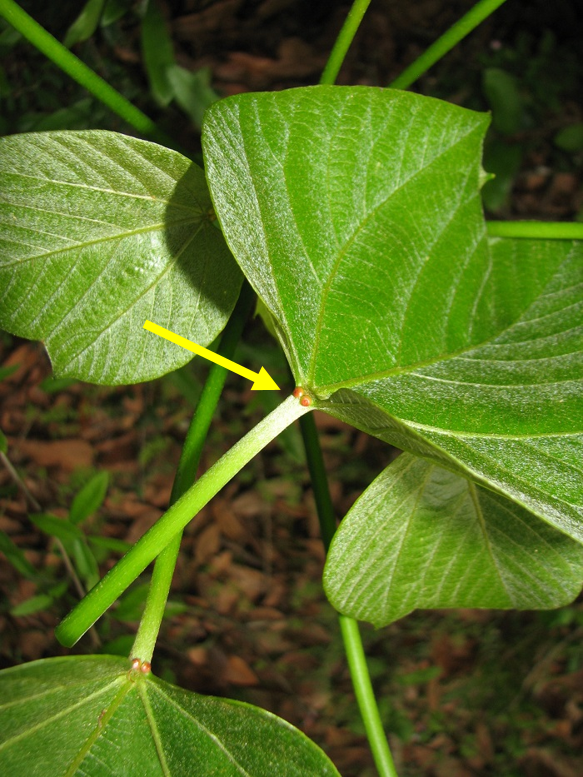
The highway from Monticello to Tallahassee (US 90) is famous for its summer blooming crape myrtle trees donated by nurseryman Fred Mahan. This month, there’s another historic tree flowering along that highway, as well as in other parts of Jefferson county and North Florida. It’s the tung tree, imported from China to build a thriving agricultural industry from Gainesville to the Mississippi Gulf Coast.
Pretty as it is, all parts of the tung tree (Aleurites fordii) are toxic to humans and livestock, the nuts especially so. Due to the high content of durable oil in the nuts, they can last on the ground until they sprout, thus generating an ongoing population from the plantings that totaled over 12,000 acres in the county at the industry’s peak. If the nuts sprout in an over grazed pasture or a fence row, they’re subject to being grazed. Worst case scenario would be an animal ingesting a nut, but they’re two to three inches in diameter and unlikely to be swallowed. In addition to its toxicity, the tung tree is now designated a Category II species on the Florida Exotic Pest Plant Council Invasive Plant list.
Identification
This time of year, the blooms are most noticeable. They’re creamy white with a distinctively patterned rose colored center (as seen in the image above). They occur on the terminal buds of last year’s shoots. The alternate leaves may be up to six inches wide and are dark green. They’re usually heart shaped, but may be lobed. The fruits are usually round and green to purple at maturity, containing 4 to 5 seeds, the source of the highly sought oil. The fool proof identification is the presence of two small red glands where the leaf joins the petiole (as seen in the image below).

Control
The tree spreads from seed as well as by formation of suckers. As always, early detection and removal is the first line of defense against these trees. Removing the trees before they begin seed production will prevent dispersing the nuts that might occur in the disposal of a mature tree. When removing trees, take precautions to avoid skin contact and be sure to pick up and destroy all seeds that may have already fallen from the tree.
As with most unwanted small trees, the cut stump and basal bark methods of control are the preferred methods of herbicide application. Triclopyr is the preferred active ingredient of choice, and further information on these methods is available in the following UF/IFAS Publication: Herbicide Application Techniques for Woody Plant Control
For more information on identification and control of the tung tree contact your local Extension agent or go to the UF/IFAS Center for Aquatic and Invasive Plants – Tung oil tree. If you’d like to learn more about the history of the tung industry in Florida, check out “The History of Tung Oil” by Karen Brown and William Keeler. Just remember to take out the trees first!
 0
0
